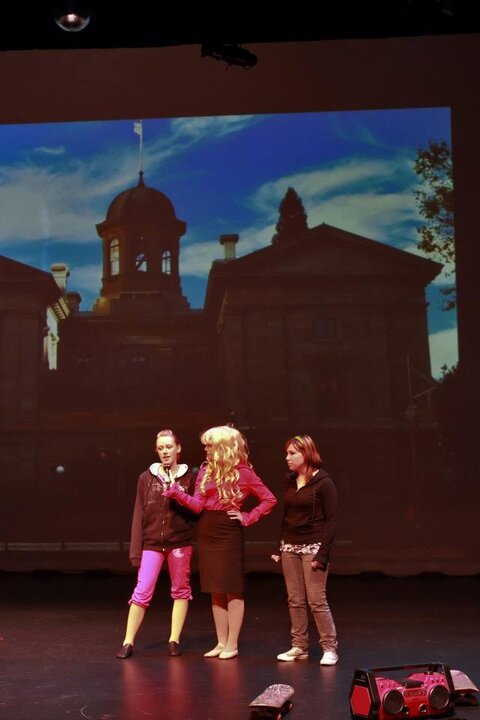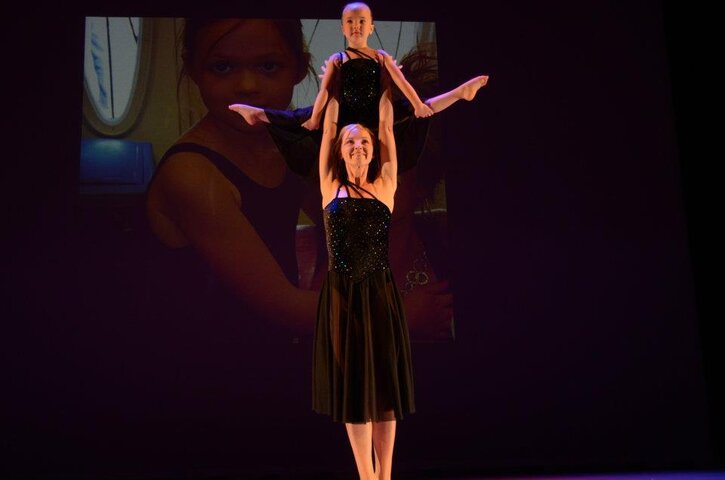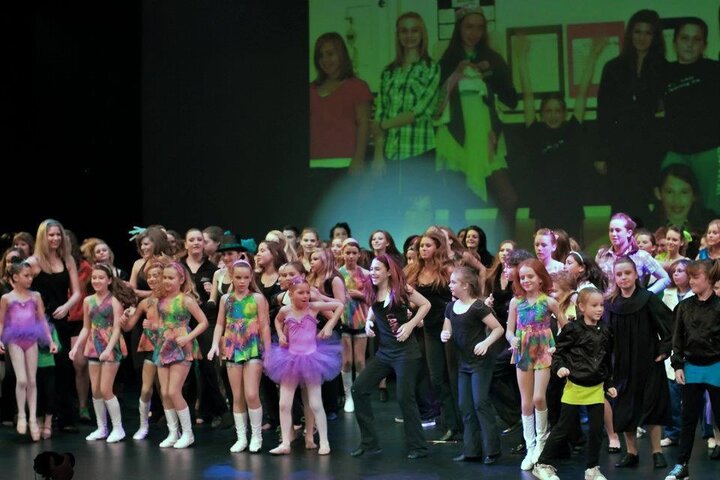44,300 lumens for a target contrast ratio of 10:1, ambient light of 10fc, and optimistically assuming your
screen gain is 1.30. I'm going to bet you don't have $150,000 sitting around for this project though, so best to resign yourself early on to knowing you won't be using this
screen for cinema simultaneous to
stage lighting anytime soon.
If you are aiming for cinema without
stage lighting, then you don't need nearly as many lumens. But
throw that
stage lighting into the mix and now you've got to ramp up your
projector brightness.
Also, whichever
lens you pick, you want to be on the wide angle end of it if it's a
zoom lens. You can lose upwards of 60% of your lumens by choosing a
lens/
throw combination that puts your
zoom ratio at the narrow end of the
lens.
I'm not sure where you are getting such high numbers for the lumens since this is for
stage projection, not cinema. I have only 50% more lumens for front projection, not on a projection
screen, with a projection area around six times the size of what is needed here. With a front projection, at 10fc, the contrast ratio of the
projector will
drop to about 55% of that with no ambient light, requiring a much brighter
projector. However, with a typical rear
screen, you should still have close to 75% of that same contrast ratio. You would have to get up to around 25fc of ambient light on the rear
screen to
drop the contrast to the same
level as that on the front
screen.
Obviously, you will want a
projector that will be a good general use
projector as you don't know what content will be used from production to production. What you will quickly learn is that you want to design for what you have. The brightness and contrast required for cinema viewings is different for that of a typical projected set. Then again, with cinema, you shouldn't need to worry as much about the ambient light.
Also, there are some things to be wary of when considering
ANSI Lumens. This is calculated using a full white field. You will likely never project this. Not all images will maintain color brightness as they do white brightness. The biggest culprit of this will be a single chip
DLP projector. With a three panel
LCD or three chip
DLP, each color will be represented at the
projector refresh rate. However, with a single chip
DLP, the color brightness drops significantly due to the fewer times the color is represented during a single cycle.
Here is a good primer on what I am talking about.
Not knowing the specifics of your
screen (it should be printed on a label on a lower corner of the back), it is difficult to say exactly what you will need. That being said, you should be able to get away with 12-15,000 lumens if you were sticking with brighter images, but I agree with
@Footer that you may want to look at a 20,000
lumen projector (like this or
this). Mind you, the $50-75k price range will be average. You will really need dealers who will look at B-stock when posting bids.
One thing about contrast, when looking at the specs, watch out for overly inflated contrast ratios. The way that the sales literature will show an extremely high contrast ratio (advertised as
dynamic contrast) since that can be what the uninformed may be looking for, is that to get the ratio, the
projector will likely need to dim up to 50% of the stated
ANSI lumens.
Here is a nice warning article when seeing this for
HDTV sales.
You will need to be more creative with your lighting designs to ensure the lowest amount of ambient light on the
screen. This will often mean greatly diminishing lighting from
FOH. Also, depending on the gloss of your floor, you may need to consider a variety of
masking to reduce
bounce. So, while this is opening a creative new world, you need to make many considerations to how you do productions.






